Industry News
-
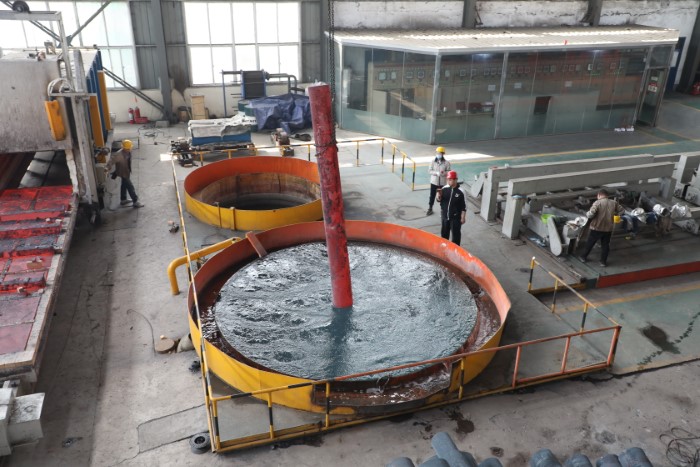
How to choose quenching medium for forgings heat treatment?
Choosing a suitable quenching medium is an important step in the heat treatment process of forgings. The selection of quenching medium depends on the following factors: Material type: The selection of quenching medium varies for different materials. Generally speaking, carbon steel can use...Read more -
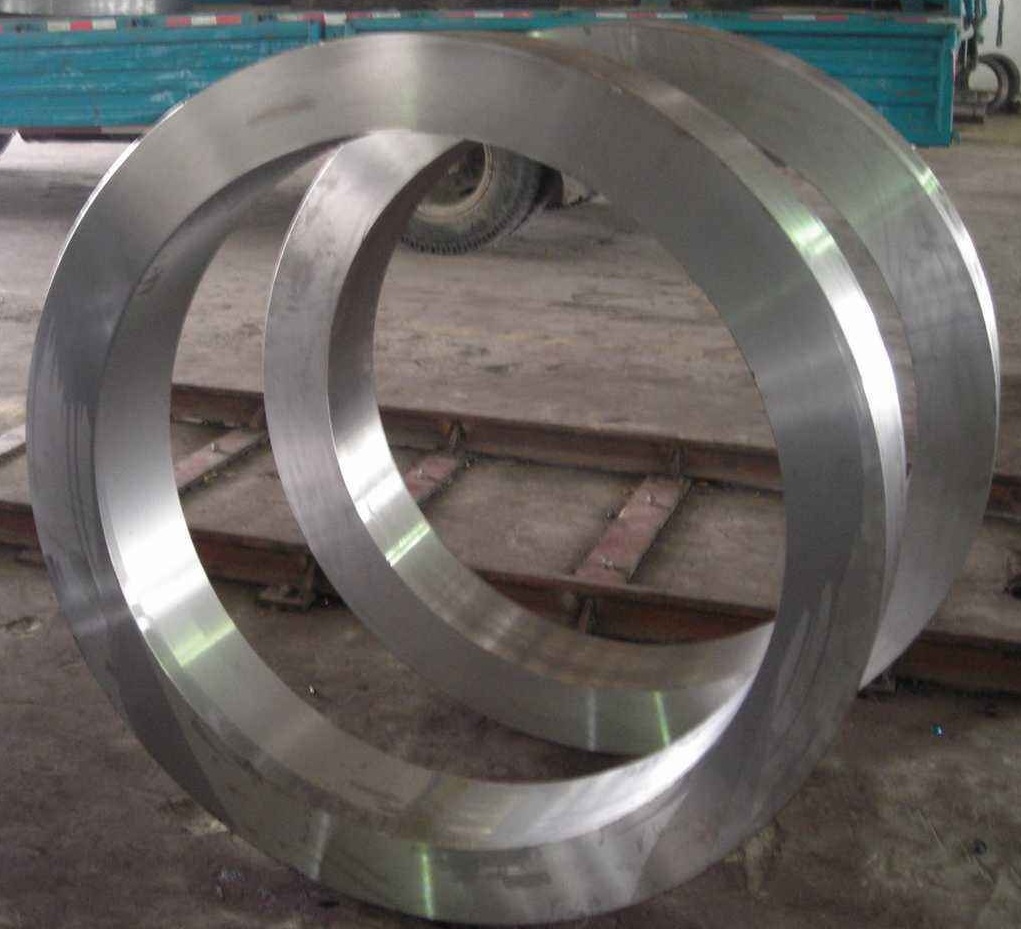
The Magnetic Ring Forgings for Turbine Generators
This forging ring includes forgings such as the central ring, fan ring, small seal ring, and water tank compression ring of the power station turbine generator, but is not suitable for non-magnetic ring forgings. Manufacturing process: 1 Smelting 1.1. The steel used for forgings sho...Read more -
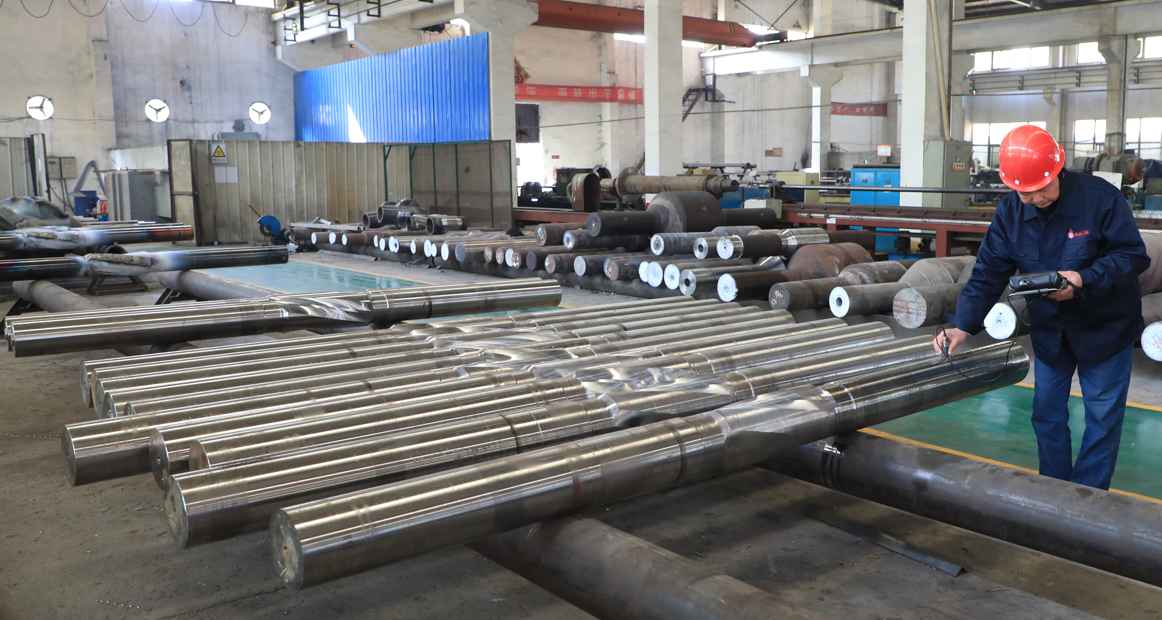
What is ultrasonic testing?
Ultrasonic testing utilizes the numerous characteristics of ultrasound to determine whether there are defects inside the tested material or workpiece by observing the propagation changes of ultrasound in the tested material or workpiece displayed on the ultrasonic testing instrument. The ...Read more -
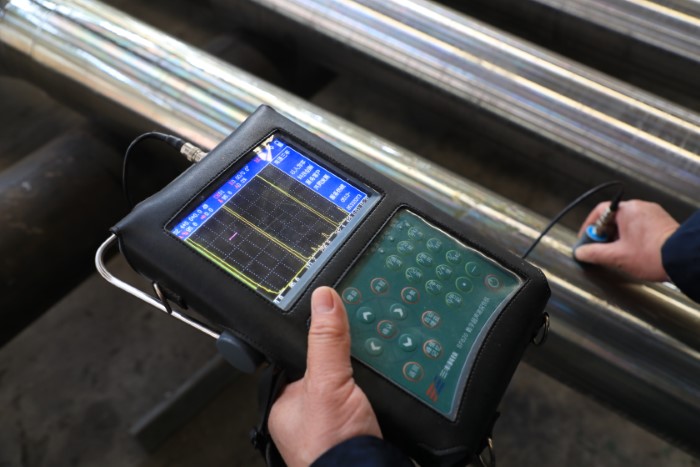
What are the non-destructive testing methods suitable for large forgings
Ultrasonic Testing (UT): Using the principles of ultrasonic propagation and reflection in materials to detect defects. Advantages: It can detect internal defects in forgings, such as pores, inclusions, cracks, etc; Having high detection sensitivity and positioning accuracy; The entire forging can...Read more -

Tempering of steel forging parts
Tempering is a heat treatment process in which the workpiece is quenched and heated to a temperature below Ac1 (the starting temperature for pearlite to austenite transformation during heating), held for a certain period of time, and then cooled to room temperature. Tempering is generally followe...Read more -

What are the advantages of making forgings with 4145H
4145H is a structured steel mainly used for the manufacturing and use of oil well drilling tools. The steel is processed in an arc furnace and processed through soft refining technology. In addition, oil drills are often used to improve the performance of drill bits. When using 4145H steel in dir...Read more -
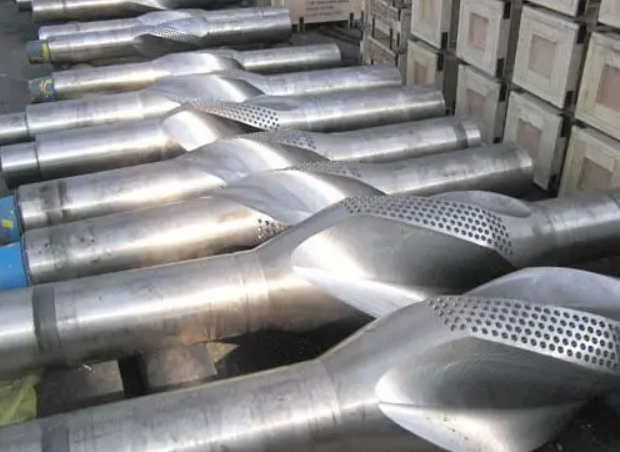
Choose 4145H or 4145H MOD for the stabilizer
4145H and 4145H MOD are two different steel specifications mainly used for high-strength and high-temperature applications in the petroleum and natural gas industries. Their differences lie in the following aspects: Chemical composition: There is a slight difference in the chemical composition b...Read more -
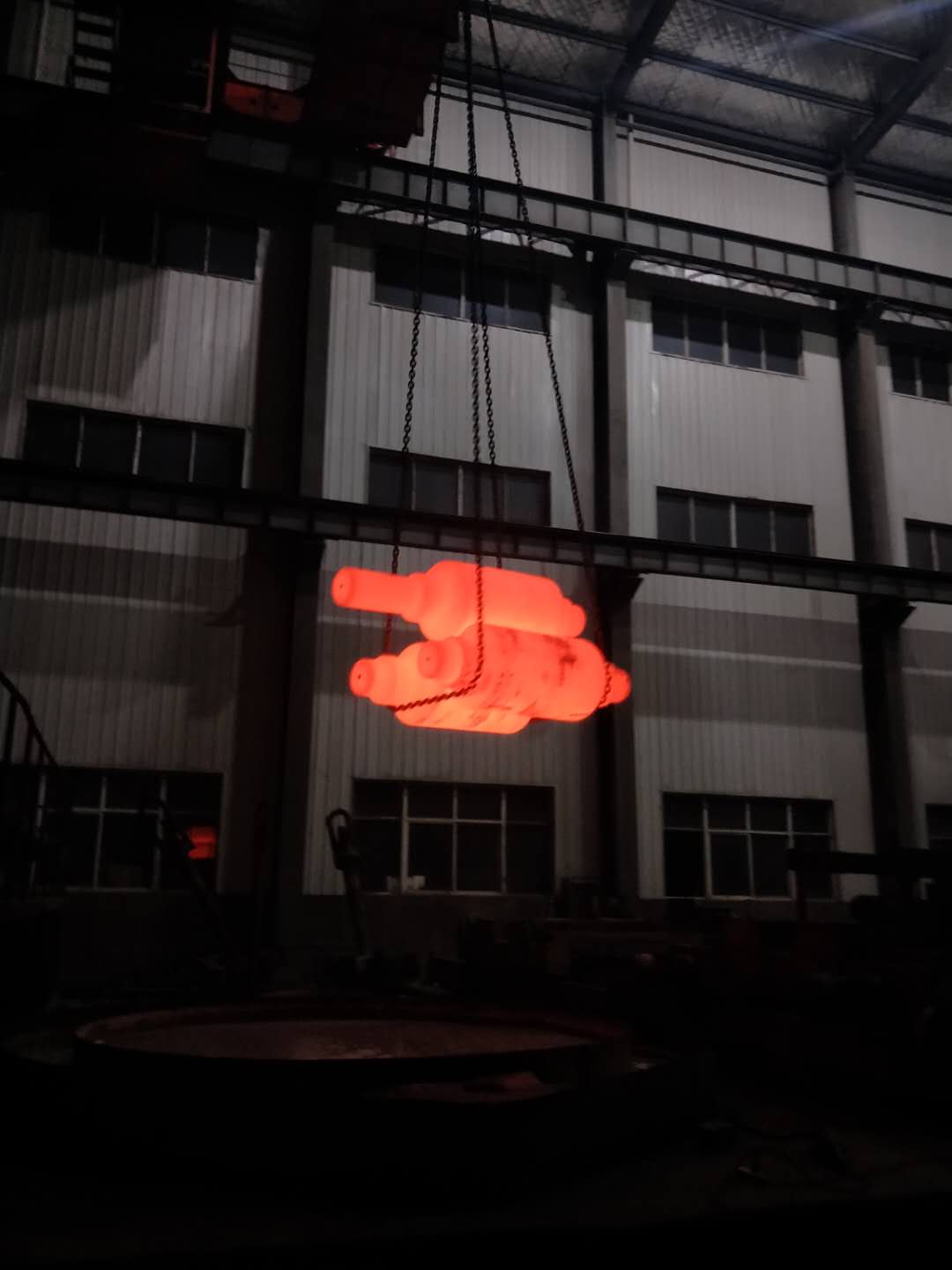
Quenching and tempering treatment
Quenching and tempering treatment refers to a dual heat treatment method of quenching and high-temperature tempering, which aims to ensure that the workpiece has good comprehensive mechanical properties. High temperature tempering refers to tempering between 500-650 ℃. Most quenched and tempered ...Read more -
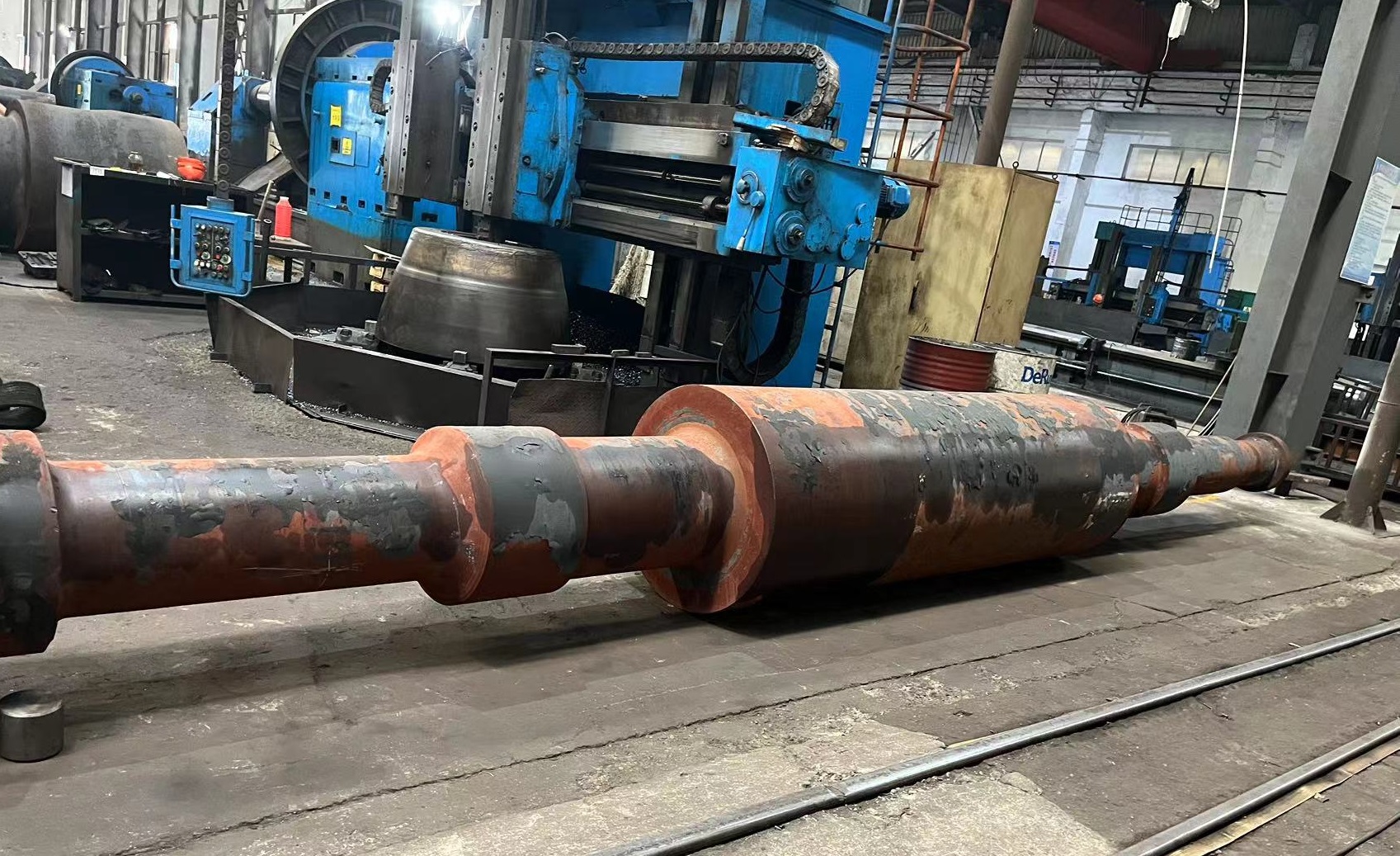
Shaft Forgings for Hydraulic Turbines and Hydraulic Generators
1 Smelting 1.1 Alkaline electric furnace smelting should be used for forging steel. 2 Forging 2.1 Sufficient cutting allowance should be present at the upper and lower ends of the steel ingot to ensure that the forged piece is free from shrinkage cavities and severe segregation. 2.2 The forging...Read more -

Open forging parts
The basic processes of free forging include upsetting, elongation, punching, bending, twisting, displacement, cutting, and forging. Free forging elongation Elongation, also known as extension, is a forging process that reduces the cross-sectional area of the billet and increases its length. Elong...Read more -
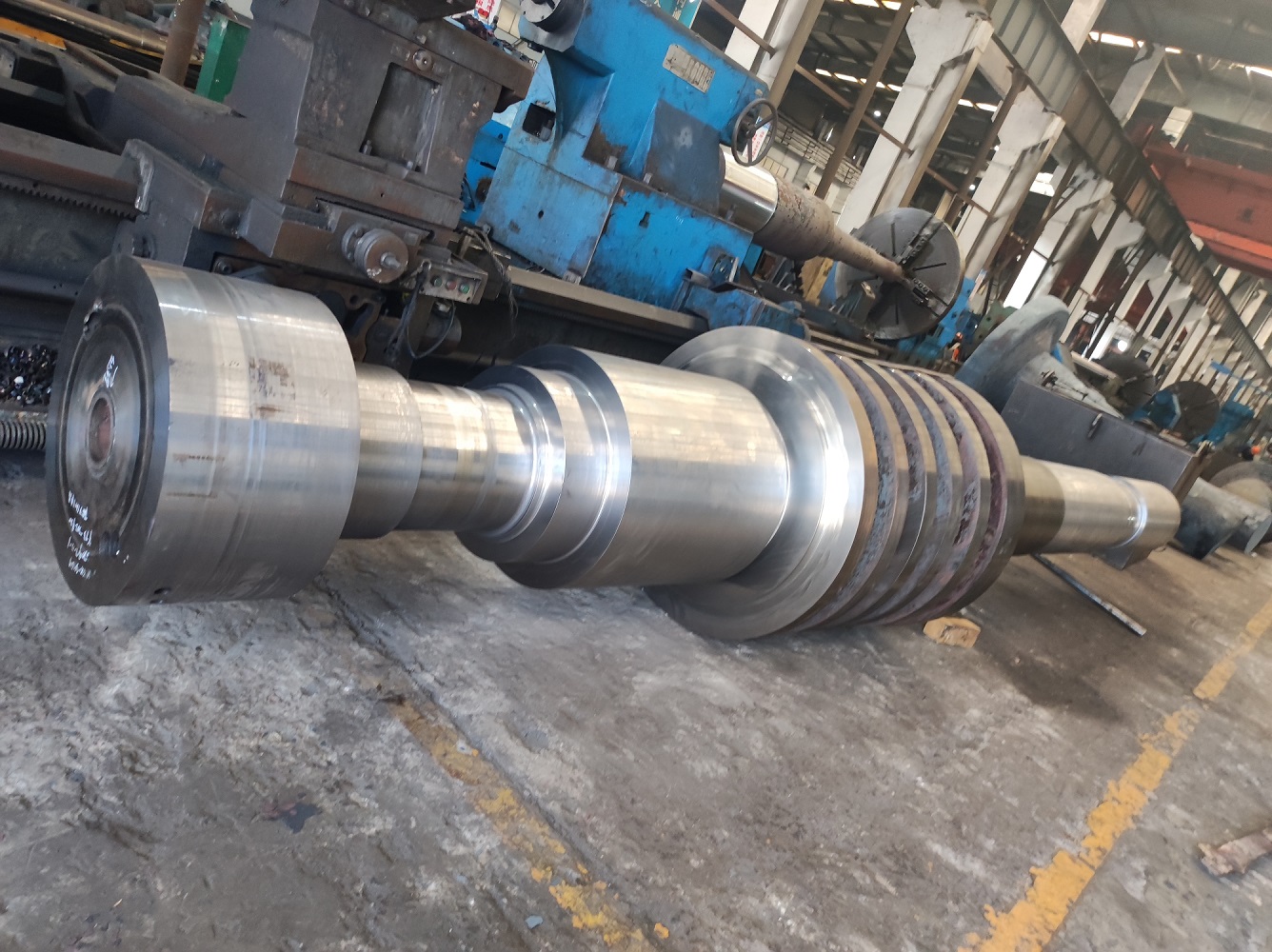
Forging for rotor of industrial steam turbines
1. Smelting 1.1 For the production of forged parts, alkaline electric arc furnace smelting followed by external refining is recommended for steel ingots. Other methods ensuring quality can also be used for smelting. 1.2 Prior to or during the casting of ingots, the steel should unde...Read more -
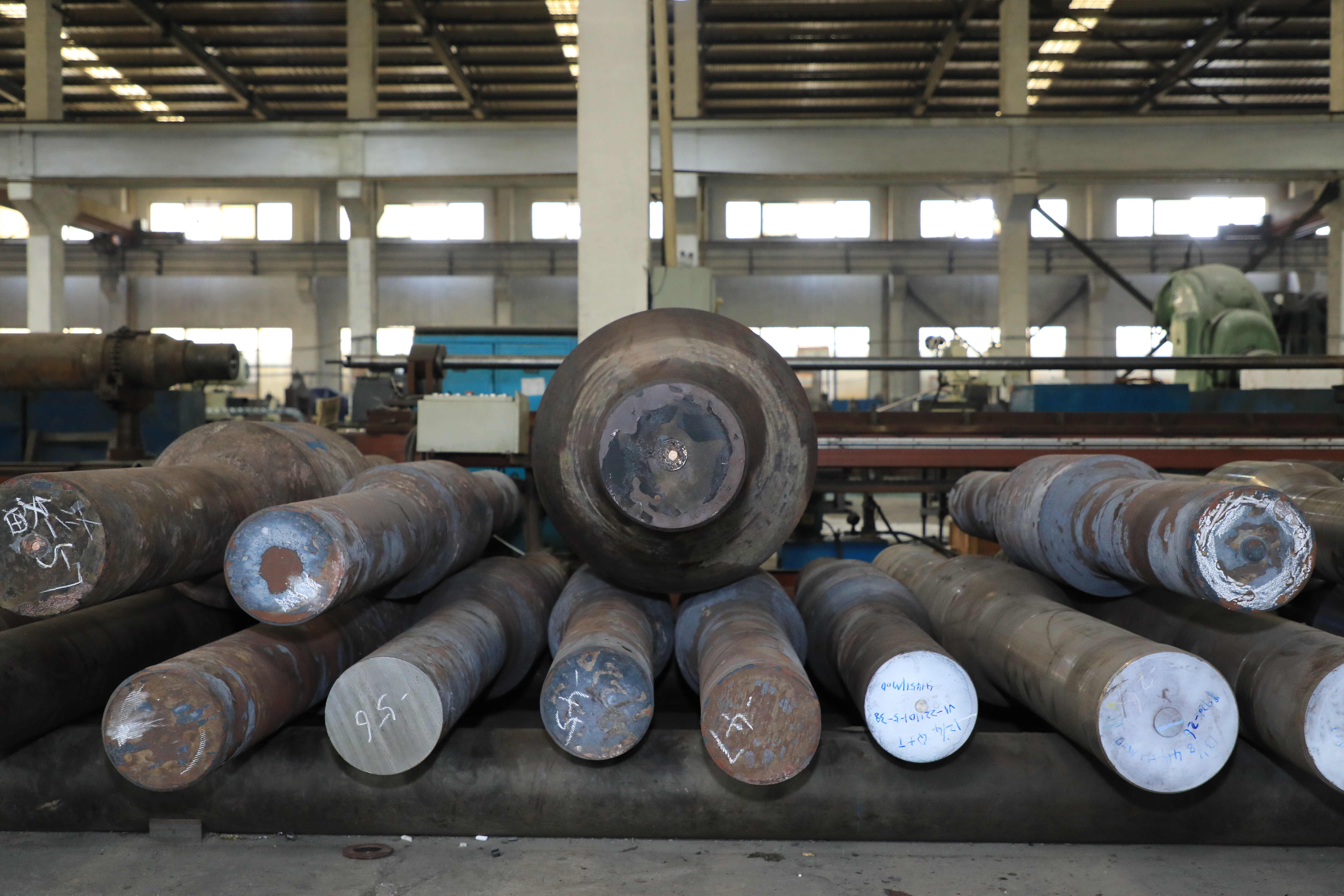
Normalizing of the forging part
Normalizing is a heat treatment that improves the toughness of steel. After heating the steel components to a temperature of 30-50 ℃ above the Ac3 temperature, hold them for a period of time and air cool them out of the furnace. The main characteristic is that the cooling rate is faster than anne...Read more




